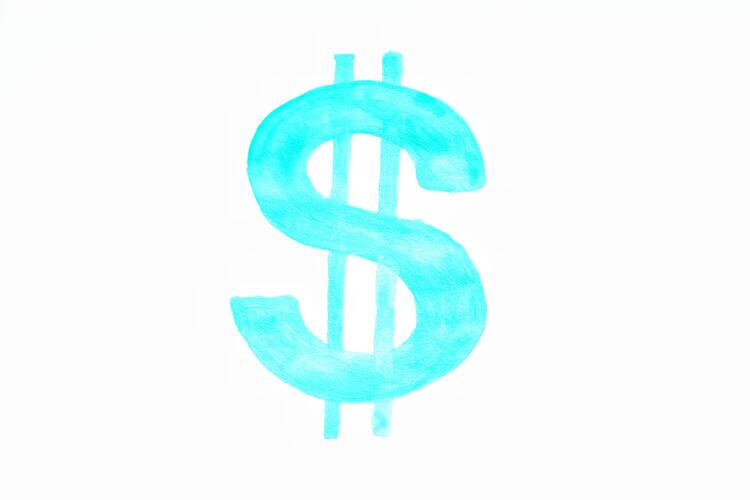Should an Oscar for ‘the Artist’ Worry Investors?

When “The Artist” won best picture at this year’s Academy Awards, it marked the first time a silent film has done so since 1929 — the same year a dramatic stock market crash heralded the start of the Great Depression.
Understandably, references to that year tend to make investors a little nervous. So, is an Oscar win for a silent movie the only similarity between 2012 and 1929? Or are there other parallels to worry about?
Here’s a look at five economic factors to compare conditions in 1929 to the present:
1. Employment
Then: Economists from the Bureau of Labor Statistics (BLS) estimate that in the years leading up to the Great Depression, the U.S. unemployment rate averaged just 3.3 percent. In 1930, this jumped to 8.9 percent, and that was just the beginning. The unemployment rate continued to rise in each of the next three years, peaking at 24.9 percent in 1933.
Now: The period leading up to the 2008 financial crisis was also marked by extremely low unemployment, as the unemployment rate got as low as 4.4 percent in 2006 and 2007. Crucially, unemployment this time has not developed the negative momentum it had in the 1930s, as it peaked at 10.0 percent in 2009, and has been making slow and steady improvement since. This is key, because people going back to work provide fresh fuel for the economy.
2. The federal budget
Then: The federal budget ran a surplus from 1920 to 1930, making fiscal stimulus a very real option — one that Franklin Roosevelt took full advantage of during the 1930s.
Now: With the deficit running in the trillions of dollars, fiscal stimulus options are very limited, which is a real disadvantage in trying to deal with a sluggish economy.
3. Inflation
Then: After annual inflation had exceeded 20 percent in the early months of the 1920s, prices subsided for the rest of the decade. Perhaps ominously, prices declined in 1926, 1927 and 1928 — an odd occurrence when the economy was supposedly booming. The Great Depression brought severe price declines, including double-digit deflation in 1932.
Now: Stability is the important thing where inflation is concerned, and despite some brushes with deflation in 2009, the U.S. economy has seen inflation largely held between 1 and 4 percent for the past 20 years.
4. Personal savings
Then: According to the Bureau of Economic Analysis, savings rates were a fairly thin 4.3 percent in 1929. They would get worse during the privations of the Great Depression, turning negative in 1932 and 1933.
Now: The generation that grew up during the Great Depression became very careful with their money. In the 1950s through the 1980s, U.S. personal savings rates never dipped below 6 percent. Unfortunately, those lessons wore off, and those savings rates haven’t been back above 6 percent since 1992. This means that consumers haven’t had as much in their savings accounts to fall back on in recent years.
5. The stock market
Then: From its peak at 381.17 in 1929, to a trough of 41.22 in 1932, the Dow Jones Industrial Average fell by nearly 90 percent. That would be the equivalent of today’s 13,000 Dow falling to about 1,400.
Now: As traumatic as the financial crisis seemed, the Dow’s fall was not nearly as precipitous as in the Great Depression. From a peak of 14,164.53 in 2007, the Dow fell by just over 50 percent, to a trough of 6,547.05 in 2009. Does that mean this market is more stable or still overvalued?
A final difference
One more crucial distinction between 1929 and 2012: We’ve already had about a dozen years of economic and financial setbacks, so the mood today is hardly one of giddy optimism. Looking back, it’s likely that the conditions in 1999 have more in common with 1929, and if this is true, it would at least mean that a large portion of the resulting economic suffering has already passed.
That’s not to say that prosperity is just around the corner. That was the ill-fated promise made by Herbert Hoover — a prediction that didn’t work out well for him or the economy.




